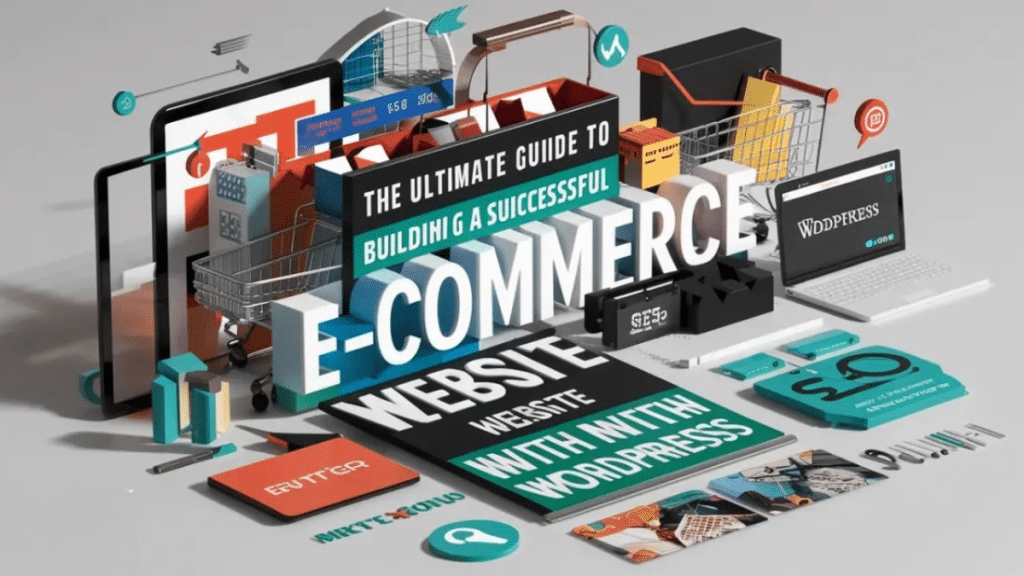What is the worst nightmare of an e-commerce brand? A loaded cart that never gets checked out. You spend time and money bringing customers to your site, they find what they love, add it to the cart and then? Nothing. This is because the checkout process is too long, the form feels like a chore, and your sale vanishes. This is where Click to Pay plays its role. Click to Pay is the solution that helps brands stop losing out at the finish line. Customers love it because it saves time. Brands love it because it boosts conversion. Want to know everything about the Click to Pay process? Then, keep reading for the ultimate guide to improve your checkout flow.
What is Click to Pay?
Losing a customer at the final step stings, and Click to Pay is built to stop that from happening. It is the online payment upgrade that tackles one of the biggest pain points in e-commerce—checkout friction. For those wondering what is Click to Pay, it’s a simple yet powerful solution that saves customers the hassle of entering their card details again and again. Instead of typing card numbers and billing info every single time, their details are saved in a secure profile linked to their email or phone. This makes checkout much quicker and less frustrating. Since it is backed by well-known card companies, both safety and reliability are guaranteed.
Let us explain the intricacies better:
- Customers only need to register once with their email or phone.
- Payment info is saved in a tokenised profile, not on the merchant site.
- Helps customers shop faster and easier, especially repeat ones.
- Works across many e-commerce platforms.
- Lowers the risk of fraud and improves success rates.
Role of Click to Pay in E Commerce
Click to Pay, often called one-click payment, lives up to its name. With just one click, customers are shown a list of saved payment options— credit, debit, or prepaid cards from Visa, MasterCard, American Express, and Discover.
Once they pick a card, a quick authorisation flow finishes the transaction. In the past, services like MasterPass, Amex Checkout and Visa Checkout offered similar tools. However, they each worked only with a single card brand. That forced users to manage multiple accounts if they used different cards. Click to Pay offers checkout options that respect customers’ choice while still delivering smooth results. It is simple, smart and super useful.
Benefits of Click to Pay: The Problems it Solves
Now that the terminology around Click to Pay is clear to you, let us explore the benefits it offers:
More Conversions, Fewer Drop-Offs
As mentioned earlier, people abandon carts for many reasons, but slow or sketchy payment pages top the list. In 2025, 70% of carts didn’t result in a sale, and nearly half of those customers cite long checkout or trust issues. Click to Pay comes as a rescue here, simplifying the process, so more buyers can easily finish their order.
Reinforce Security Signals
Check out should feel safe. With Click to Pay backed by major cards and EMVCo standard, customers feel that protection right away. That sense of security builds loyalty and returns.
Cut Check-out Errors and Support Tickets
Entering long card numbers is tiring and error-prone. With Click to Pay, customers save their info once, and it is used correctly every time. This results in fewer failed transactions and happier support teams.
Easy to Add to Your Store
Worried about replacing your design? No need to change a thing. Click to Pay fits neatly into your checkout flow, coexisting with other payment methods. It adds convenience without disrupting your brand’s look.
Works Globally
No need to worry about overseas shoppers. Click to Pay supports global cards and currencies, helping your store feel local everywhere. That opens the door to newer markets without extra effort.
Click to Pay Security Features
Is Click to Pay a secure online payment method? The answer to that is yes. Security is one of the biggest concerns in shopping online, and Click to Pay makes sure your checkout is not only fast but also safe. Here is how:
- Tokenisation: Real card numbers are never shared. Instead, a random code is used during each purchase, keeping data hidden from prying eyes.
- Security code: Each user receives a six-digit security code when signing up. They need to enter it every time they make a purchase.
- 3-D secure (3DS): Customers confirm their payment using something only they can access, like a PIN, fingerprint or face scan.
How to Add Click to Pay to Your E Commerce Store
Here is how you can add Click to Pay to your online store with the help of a TSP. No major tech overhaul needed:
- Start with a discovery call: Share your business needs and setup with an expert, and they will help you with your needs right from the start.
- Review your current payment systems: The TSP will check compatibility and suggest integration steps.
- Use their integration, APIs or SDKs: Use their secure API to connect it to your checkout flow.
- Run sandbox test: Simulate real payments to test how things work. This includes PCI DSS, 3DS and GDPR requirements.
- Go live and monitor: Desktop, mobile web, or app, make it smooth everywhere. Go live and keep an eye on customer experience and conversions.
Wrapping Up
Now that you know what is Click to Pay and the ins and outs it offers, it is good to remember that every coin has two sides. For instance, it might not work smoothly on every device browser. Sometimes, new users find the set-up process slightly confusing at first. And since not every online store offers it, people may still have to switch between payment methods. That being said, Click to Pay is still one of the best steps towards safer and faster online shopping. It just needs the right support and backup plans in place.

